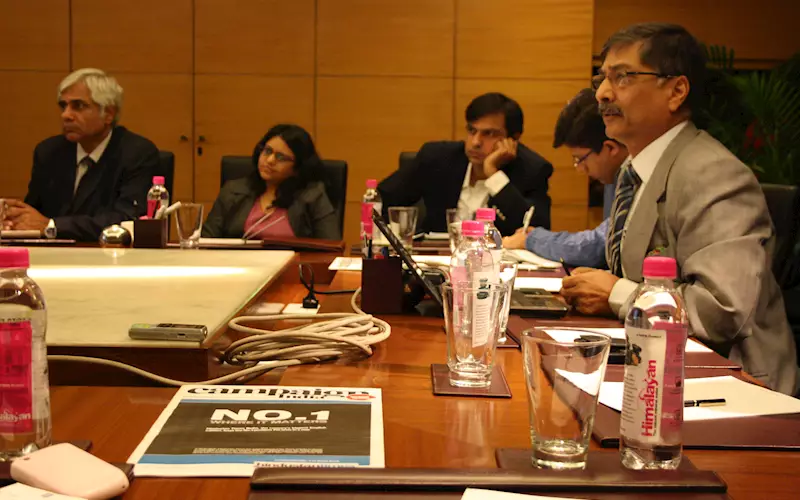OOH spenders say an accredited SOP is the only way
The Indian Outdoor Advertising Association (IOAA) and Campaign India hosted a session on OOH Advertising that gave marketers an opportunity to air their views and expectations about the medium and its deliverables to the industry stakeholders.
21 Jan 2012 | By Samir Lukka
Arindam Sengupta, head brand and marcom marketing at Uninor spoke about the importance of making OOH branding a science so that brand building could be effective and accountable. He stated there should be planning of data and a bottom-up approach so that OOH can be at the same level as print and TV.
Indrajit Sen, executive director, IOAA, who started the proceedings with an overview of the medium as well as the Standard Operating Processes (SOP) that was circulated by the association amongst its members.
He said: The SOP defines the way the OOH business is conducted. Even while introducing the SOP we figured that it would take at least a year to put it into practice and gain acceptance among clients. We might gain more than what we intended. I think the key factor now is how seriously we in Outdoor Advertising push the SOP through the IOAA."
Sen added: “We all know that OOH works, may be even better than other mediums at time. However, we realised that the industry hasn’t professionalised itself enough, leading to distrust, a sense of being short-changed no matter how cheap the rates are, no common metrics or currency and still living with empirical evidences as benchmarks to go by.”
Elaborating more about the industry’s collective failure to come up with a common currency, Sen pointed out that an attempt was made some years ago with the introduction of Indian Outdoor Survey (IOS) with the partnership of research agency, MRUC. The measurement system did not take off. Sen added: "Now everyone is very keen. After all, the SOP promises to enforce timely documentation, timely invoicing and timely payments across the industry."
Sharing the OOH media users’ perspective, Saurabh Vats, director of marketing and product planning, General Motors stated his key concerns included the uncertainty of availability and site clutter.Vats said: "Car is a high involvement category - and the point is, when we launch a high impact campaign, we don't know what to expect. This is quite unlike inserting a back cover ad in a daily newspaper."
He hoped there could be better benchmarking and monitoring. He said, this is important for "breaking campaigns". One such campaign was what General Motors rendered during the recent AutoExpo show when most sites en route to Pragati Maidan announced the company's offerings.
A similar concern was shared by Payal Seth Vinit, assistant manager at Canon: "There is a huge difference between what is projected and what is the reality." She stated her expectations from the site are quick change-over; proper size specs and cost per reach. She listed out his main expectations from the medium as a unified common currency and importance of monitoring and accountability of campaigns spread across the country as well as the "true" ownership of the site.
Agreeing with him, Sachin Kumar of Tata Teleservices pointed out that "that there should be a proper pricing module that helps clients. Plus the price shouldn't be benchmarked within industry silos. Also he noted that at times it is possible to track a site in a Mumbai or a Delhi but not so in Kolhapur or Jhansi.
Pawan and Neeraj Karambelkar of Fox International Channels stated that OOH had no ROI or measurement tools. They urged OOH media owners to create innovations plus have a system for a census that can help them use the medium better.
The first part of IOAA and Campaign India's breakfast session on OOH Advertising was in Mumbai on 4 January, which had clients from Aditya Birla, Future Group, Kotak, Vodafone, Viacom 18 etc who engaged with the OOH specialist agencies in order to understand their perspectives.















 See All
See All